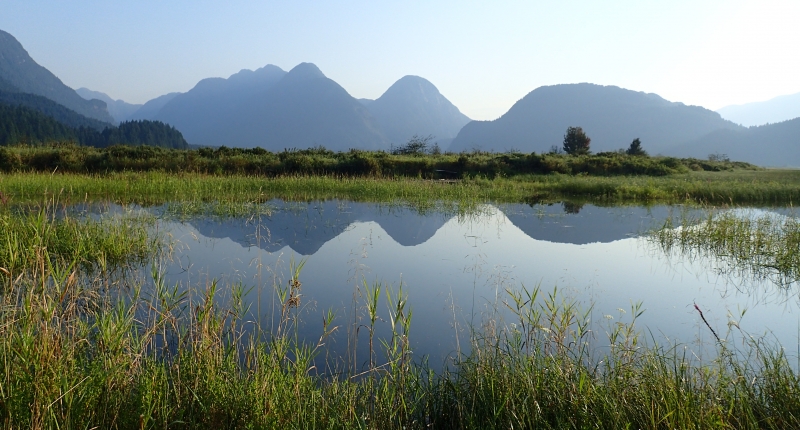A $5.4 Billion Problem: The Effect of Watershed Degradation on Treatment Costs Worldwide

There is anecdotal evidence that land-use has degraded water quality, but a global estimate quantifying the cost of degradation has never been attempted, until now. The SNAPP Water Security working group has calculated how much watershed degradation has actually increased water treatment costs to large cities worldwide. The group's findings were published in PNAS.
Coming up with this estimate was a complicated process that took several stages to complete.
“First of all, you need to know where cities get their water from. This sounds simple, but is actually quite complex, as many cities are served by multiple water utilities, and most water utilities draw water from multiple sources, utilizing a complex mix of surface, groundwater, and other sources.”
– Rob McDonald, SNAPP Water Security working group co-PI
The working group has been mapping these sources as part of a multi-year effort called the City Water Map. The group used this tool to extract information for the water sources of 309 large cities around the world. They also used data from the History Database of the Global Environment (HYDE), which allowed them to reconstruct changes in land-use and population density over more than a century, correlate them with water quality changes, and then link those data to water treatment costs.
The working group found that watershed degradation has impacted the cost of water treatment for about 1 in 3 large cities, increasing the costs by about half. Added up globally, the team calculated the cost to be a staggering $5.4 billion per year. This study can help inform policymakers about the cost of water treatment in their cities and empower them to enact measures that move toward watershed restoration.
Estimating watershed degradation over the last century and its impact on water-treatment costs for the world's large cities
R. I. McDonald, K. F. Weber, J. Padowski, T. Boucher, & D. Shemie. Proceedings of the National Academy of Sciences of the United States of America, 25 July 2016, PNAS Early Edition, DOI: 10.1073/pnas.1605354113
Read Rob McDonald's blog post on Cool Green Science
Learn more about the SNAPP Water Security working group
